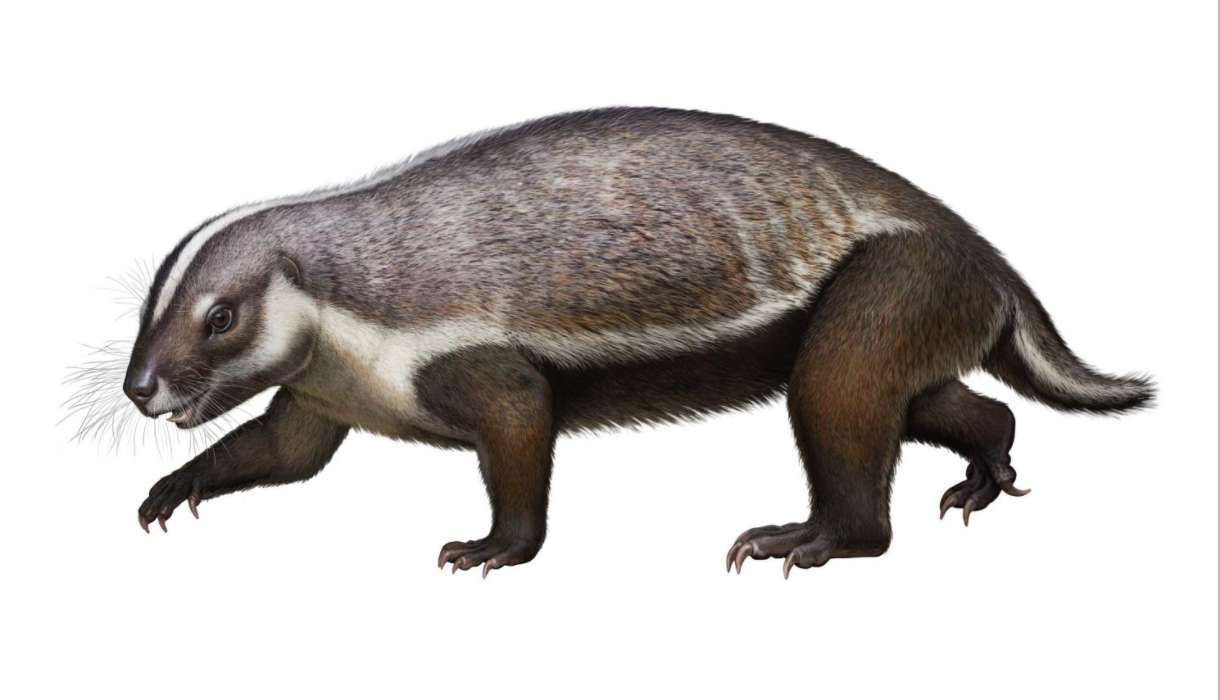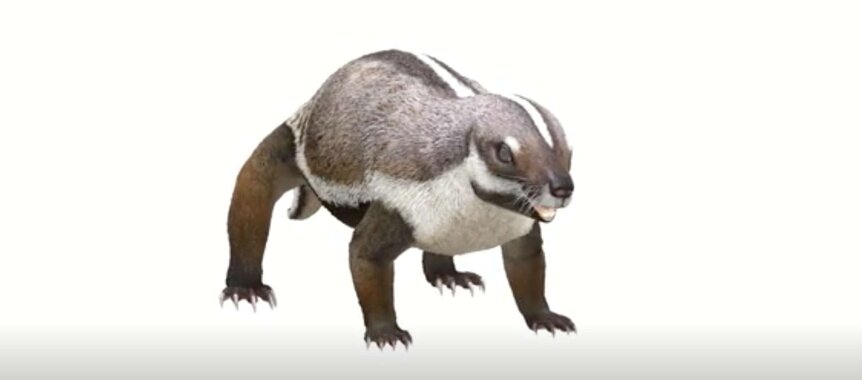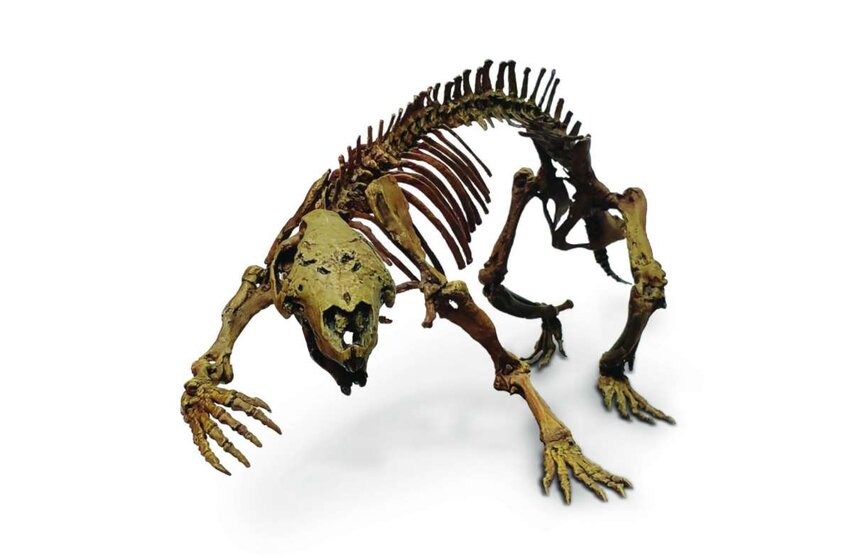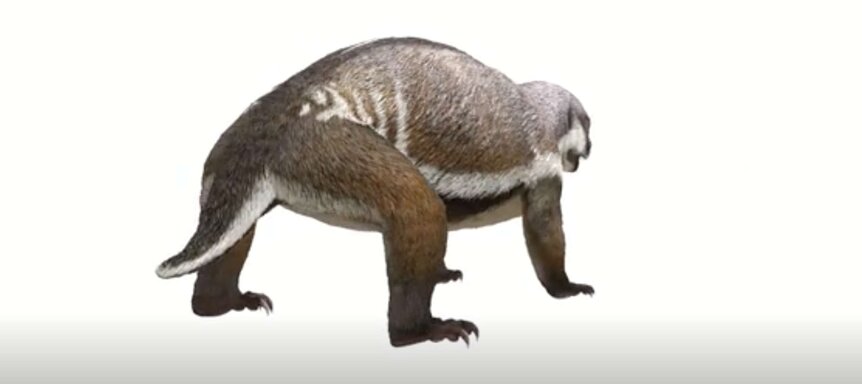Create a free profile to get unlimited access to exclusive videos, sweepstakes, and more!
Paleontologists puzzled by this primeval 'crazy beast' that bends all the evolutionary rules

Evolution is often an unpredictable cocktail of happy accidents, environmental anomalies, and that just-right blend of genetic material assembling in fortuitous order. So it's no surprise that paleontologists are somewhat baffled by a new species of creature they've officially named Adalatherium hui, which, as translated from Malagasy and Greek, means "crazy beast."
But more than just a weird 66-million-year-old mammal that lived during the Age of the Dinosaur when the mighty T-rex reigned supreme, Adalatherium is a vital component of the complicated mystery of early mammalian evolution in the Southern Hemisphere.
As detailed in a new study published last week in the Journal of Vertebrate Paleontology, a 14-member team of international researchers headed up by Dr. David Krause of the Denver Museum of Nature & Science and Dr. Simone Hoffmann of the New York Institute of Technology described their intensive analysis of the odd, opossum-sized animal that existed near the end of the Cretaceous period on the island of Madagascar.
These new revelations delve deep into the evolutionary history of mammals from the prehistoric supercontinent of Gondwana — known currently as Africa, South America, Australia, Antarctica, the Indian subcontinent, and the Arabian Peninsula.
Adalatherium is part of an extinct collection of early mammals catalogued as gondwanatherians, which were initially unearthed back in the 1980s, but then known only by a scattering of teeth and jaw fragments.
For this latest study, research on this unusual animal was carried out over a 20-year stretch using its perfectly preserved fossilzed remains that represent the most complete skeleton for any mammal discovered so far in the Southern Hemisphere before the dinosaurs became extinct. Adalatherium appears to be a jumbo-sized relative to the shrew-like, or mouse-ish mammals that thrived in that primeval environment.
In addition to the fact that Adalatherium was born with more trunk vertebrae than most other mammals, its thick hind limbs were arranged in a sprawling position like today's crocodiles or lizards. These powerful back legs were paired with bulky, sprinting front legs tucked beneath the torso, identical to most mammals seen in modern times.
It also sported rabbit-like front teeth coupled with a set of back teeth never observed in any other known mammal, living or extinct, as well as a sizable hole in the bones at the crown of its snout.
"Knowing what we know about the skeletal anatomy of all living and extinct mammals, it is difficult to imagine that a mammal like Adalatherium could have evolved; it bends and even breaks a lot of rules," Krause explains. "Islands are the stuff of weirdness, and there was therefore ample time for Adalatherium to develop its many extraordinarily peculiar features in isolation."
Sure, when seen in these detailed, life-like reconstructions by renowned paleoartist Andrey Atuchin, it seems like a typical badger, but under its familiar-looking skin is an evolutionary puzzlement for the ages.
"Adalatherium is simply odd," notes Hoffman. "Trying to figure out how it moved, for instance, was challenging because its front end is telling us a completely different story than its back end. Adalatherium is an important piece in a very large puzzle on early mammalian evolution in the Southern Hemisphere, one in which most of the other pieces are still missing."





























